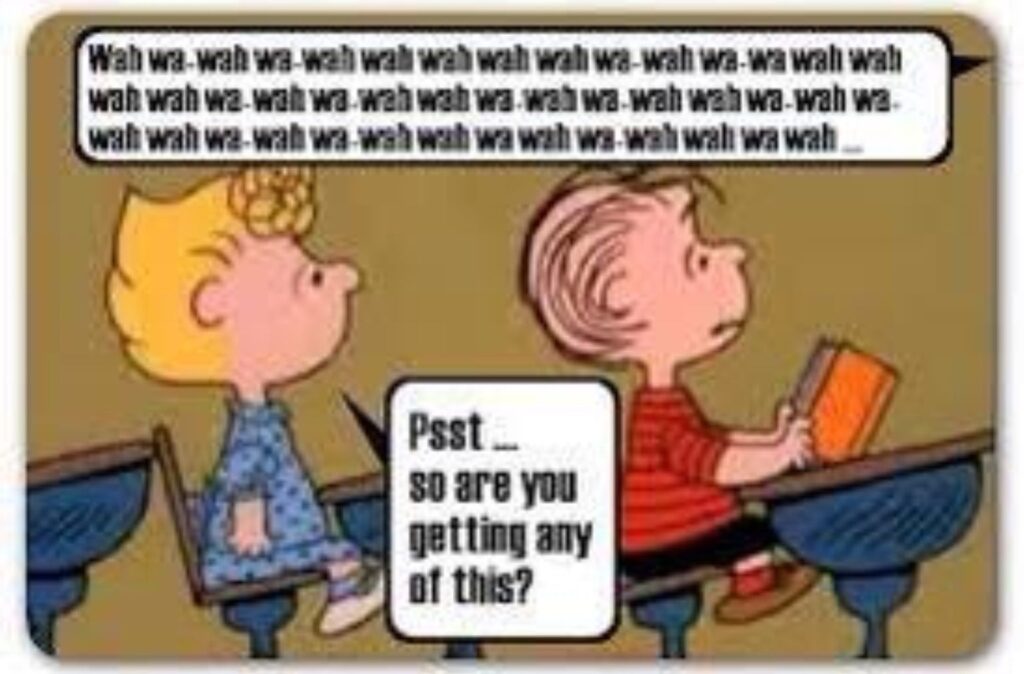Co-Organizer for Data Platform DEI Community and Being AuDHD
I’ve recently become a Co-organizer for the Data Platform DEI community, representing women in technology and individuals with Autism/ADHD. I’m joining some awesome people in the Microsoft community- Tracy Boggiano, Deepthi Goguri and Kay Sauter. Today, I want to share more about my journey with Autism/ADHD (AuDHD), a condition that made me feel different from my peers since childhood and led to challenges such as bullying. Understanding and embracing this aspect of my diversity has been a continuous journey and where I wanted to be anyone other than me as a child, that’s a distant memory and I can’t imagine being anyone else today.
In 2004, after six years in the tech industry and while working with esteemed DBA James Koopmann, I encountered increased challenges such as heightened distractibility, speech difficulties, and what I later identified as “brain fatigue.” My concentration was so compromised that conversations at my desk felt unintelligible, reminiscent of the incomprehensible teacher’s voice in the “Peanuts” cartoon.
At that time, I was unaware of how adept my coping skills were, quickly deferring in-person requests for email follow-ups. James noticed my struggles and cautiously checked on me. I first dismissed his gentle suggestion of ADHD, noting the recent diagnosis of my son, whose symptoms seemed quite different. James shared that ADHD manifested differently in his wife and daughter compared to his son, prompting me to explore ADHD in women. I found a website detailing four scenarios for women with ADHD, and realized I related to three of them just that day.
After obtaining a referral for a psychiatrist, I underwent formal evaluation and was diagnosed, but they also recognized why I had gone so long without one. I had a very high IQ, combined ADHD (hyperactive and hyper-focused), and autism. In 2004, the term used in my diagnosis was high-functioning autism, which has since become outdated and we now just diagnose autism in levels.
Many self-diagnose ADHD, but regardless of the method, diagnosis without addressing and leveraging one’s mindset won’t alter one’s potential. Women with ADHD also often go unnoticed, possibly due to societal tendencies to internalize issues, leading them to develop more effective coping strategies and masking behaviors. While ADHD stigma has decreased, autism stigma persists. There’s a growing sense of pride among those with AuDHD, yet I recognize that my experience doesn’t fit neatly into conventional ADHD narratives and I’ve even had some folks doubt that I am ADHD or “on the spectrum” which means I mask very well and my mindset/attitude marries well with my more challenging issues.
My Autism Traits That I *THINK* I Mask Well, but I Know Exist
- Unable to keep eye-contact. I find people’s faces very distracting and some of it is anxiety. I’ve worked to try to maintain eye contact over the years, but I still have difficulty.
- I get easily overwhelmed in noisy public places. It’s just too much stimulation for me and I get overwhelmed very easy.
- I may have trouble socializing unless I’m masking. If I seem to be keeping to myself, it may be that I’m trying to spare you as I don’t think I’m good company at that moment and nothing to do with mood, but with my ability to communicate.
- I may not respond to my name or when I’m spoken to. It’s not that I’m being rude- I may not have comprehended my name during all the information I’m taking in. Happens most often in noisy public places.
- Sometimes I can’t find the words I need to express myself. Some people may find this odd, as they consider me well spoken, but I may joke about losing access to the thesaurus of my brain and as I’ve been raised that words are weapons, it’s important to me that I express myself correctly.
- I have challenges with transitioning from a verbal command to performing it physically. I’m training myself to be better at this with Google Maps, (training my brain is what I’ve done my entire life.)
- I am very much about my routine and repetitive behavior. The more I do on auto-pilot, the easier it is to focus on what is left.
- I have always preferred to be alone and am a loner by nature.
- I don’t like spontaneity. I’m easy going, but like set plans and can become anxious when plans shift unexpectedly.
- I’m very insistent upon comfortable clothing and am not a fan of seams, tags and such.

